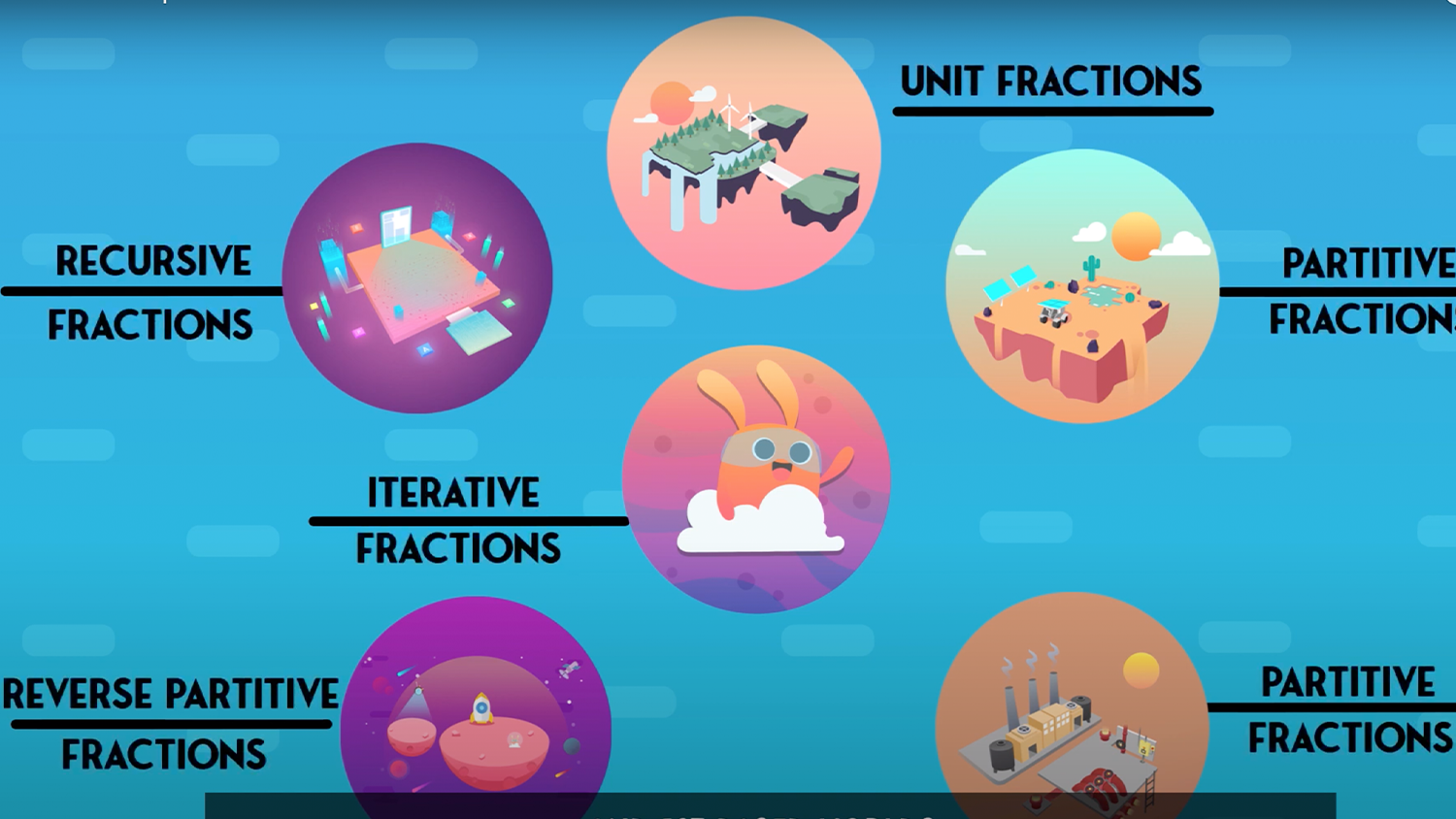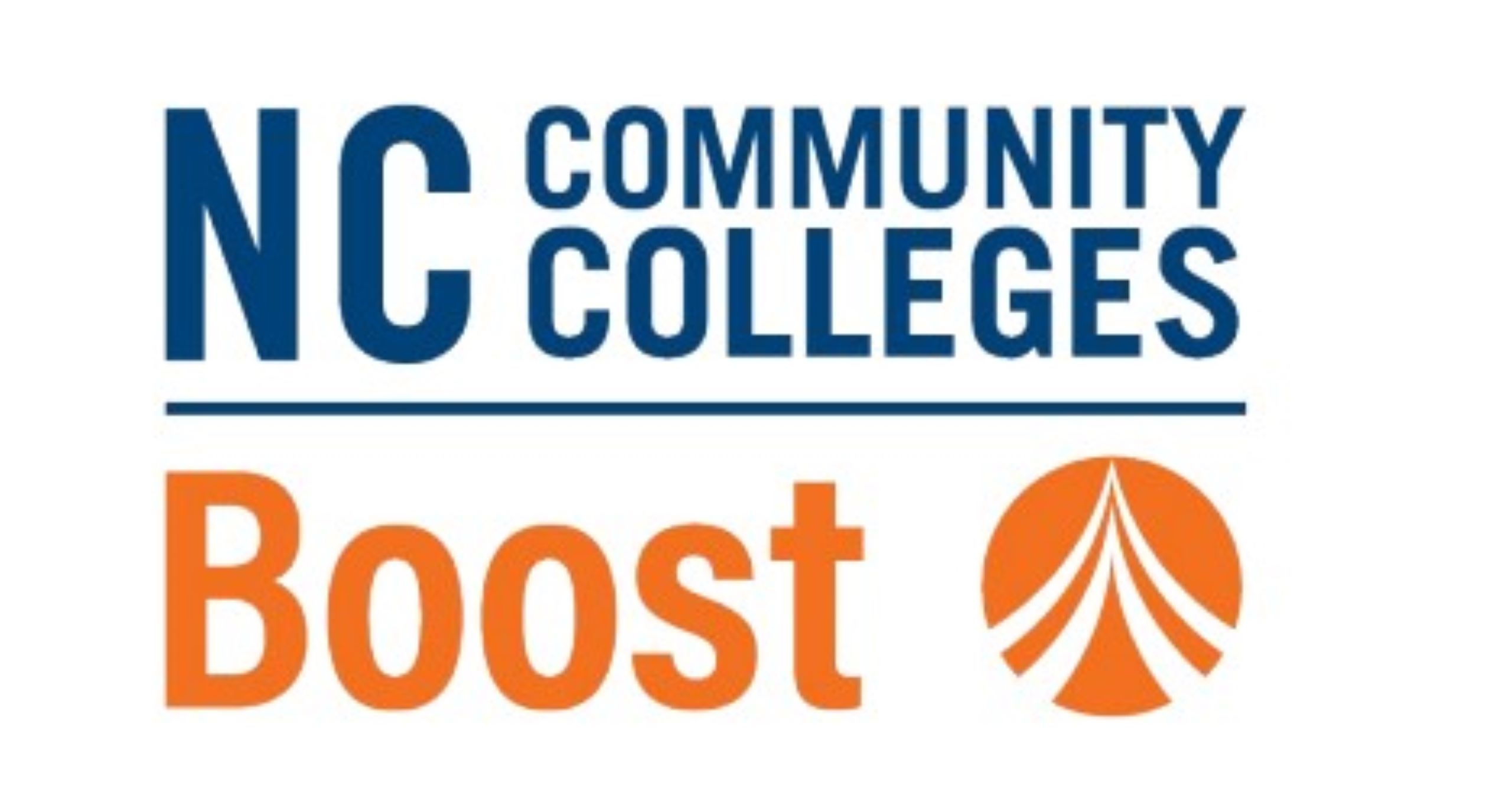Game Developed by Associate Professor Jessica Hunt To Help Students Understand Fractions Showcased at National EdTech Games Expo

An interactive and adaptive game being developed by NC State College of Education Associate Professor Jessica Hunt, Ph.D., will be showcased during the annual Institute of Education Sciences National EdTech Games Expo from June 1-6.
The event, which will be held virtually this year, is hosted by the U.S. Department of Education to showcase and celebrate educational learning games and innovative forms of learning technologies for students that are supported by government funding.
Hunt and her project team have been invited to share “Dream2B,” a puzzle-based learning environment that helps students in third through sixth grade master fraction concepts while allowing them to explore real-world STEM and information and communication technology (ICT) careers. The game was developed by TJEEI Game Studio as part of a three-year, $1.4 million National Science Foundation ITEST grant awarded to Hunt and co-principal investigators Matthew Marino, Ph.D., and Michelle Taub, Ph.D., at the University of Central Florida, in 2020
During the expo, the game will be shared with a wide audience of educators, students, parents and caregivers, developers, researchers and stakeholders who can view a game trailer as part of the Expo’s YouTube Playlists as well as use the comment section to ask questions and interact with the project team asynchronously throughout the month of June.
Participants will also have an opportunity to play an in-progress version of the game on the Dream2B website, provide feedback and receive updates as the game evolves.
“What is great about the expo is that it affords broad access for participants to interact with the design and development ideas that underlie Dream2B as well as the opportunity to experience an in-progress version of the game as a learner,” Hunt said. “We’re hoping that participants share in our excitement to use Dream2B as a playful platform that gives kids a view into what people in STEM and ICT careers do and the chance to think that maybe this is something they would be excited about doing later on in their own lives.”
The game allows students to play as a customizable character named Bunny, who encounters six different worlds relating to STEM and ICT careers. Challenges in each world are accessed through a universally designed interface with customizable features that enable accessible gameplay. Students are given a choice of tools to use for each challenge to encourage them to employ individual strategies and ways of reasoning.
Hunt, whose research focuses on redirecting instructional practices across both math education and special education for students with math difficulties and disabilities, said the Dream2B interface was intentionally designed for variability so that players can access each challenge in multiple ways while teachers receive real-time reports on performance to support progress monitoring.
The interactive learning environment, she said, motivates players to customize the game through a choice of flexible methods, materials and analytical tools while the sandbox play mode supports players to create fractional quantities by partitioning, repeating, distributing and coordinating units without high-stakes repercussions.
“Students require access to different tools to learn or express their STEM knowledge. They also benefit from problems that allow for novel solutions because of unexpected prior knowledge brought to instruction. Both instructional design elements position students’ knowledge as important and valuable,” Hunt said.
The tasks in Dream2B encourage actions that underlie fractions as coordinate, numeric quantities and the sequence of problem solving activities were designed along trajectories. The game was developed using documented developmental stages of fractional reasoning uncovered among an inclusive group of students in school settings during Hunt’s work on the NSF CAREER grant-funded “Fraction Activities and Assessments for Conceptual Teaching (FAACT)” project.
Spanning 2014 to 2021, FAACT aimed to investigate how students with learning disabilities interact with fractions, document thinking over time and build task sets along trajectories of the students’ thinking. The project was recently highlighted as part of the National Science Foundation’s Spotlight on DRK-12 CAREER Awardees.
Preliminary findings from FAACT, Hunt said, suggest that students’ engagement in the progression of trajectory stages helped them to develop a concept of fractions as numbers. She expects that Dream2B will produce similar advances. A test of the program against a control group in the final year of the project will help test that hypothesis, she said.
In addition to continuing to develop the game-based learning environment, Hunt said she and her team are also in the process of constructing a curriculum wrap-around.
Based on the FAACT trajectory activities, which will be available for free at the end of the summer, the Dream2B curriculum was reconceptualized to integrate students’ gameplay with opportunities for them to engage in mathematical explanation and justification through worked examples, number strings and language routines.
The worked examples, Hunt said, will help students to focus on the concept or meaning of a procedure by presenting problems solved correctly, partially or incorrectly. They have been proven beneficial to students’ conceptual development when interleaved with problem solving, particularly for students with difficulties in learning mathematics.
The number strings will engage students in mentally solving a string of related equations, encouraging them to notice a particular mathematical concept or utilize a particular strategy. When paired with conversation, students’ thinking in the strings can bring attention to efficient problem solving strategies and how they work, Hunt said, supporting abstraction of mathematical concepts.
Language routines, a structured format for amplifying, assessing and developing students’ language, emphasize educational equity and the use of language that is meaningful, purposeful and fits the mathematical work and goal of each world within the game. Hunt said the language routines give students opportunities to revise and refine the way they organize and communicate their ideas as well as to ask questions to clarify their understanding of ideas shared by others.
“Together, worked examples, number strings and math language routines combine to promote students to build up concepts, connect concepts to skills and explain reasoning through explanation and justification,” Hunt said.
Dream2B and the curriculum currently being developed will be piloted and refined with partner districts in North Carolina and Florida during the spring of 2022.
- Categories:


